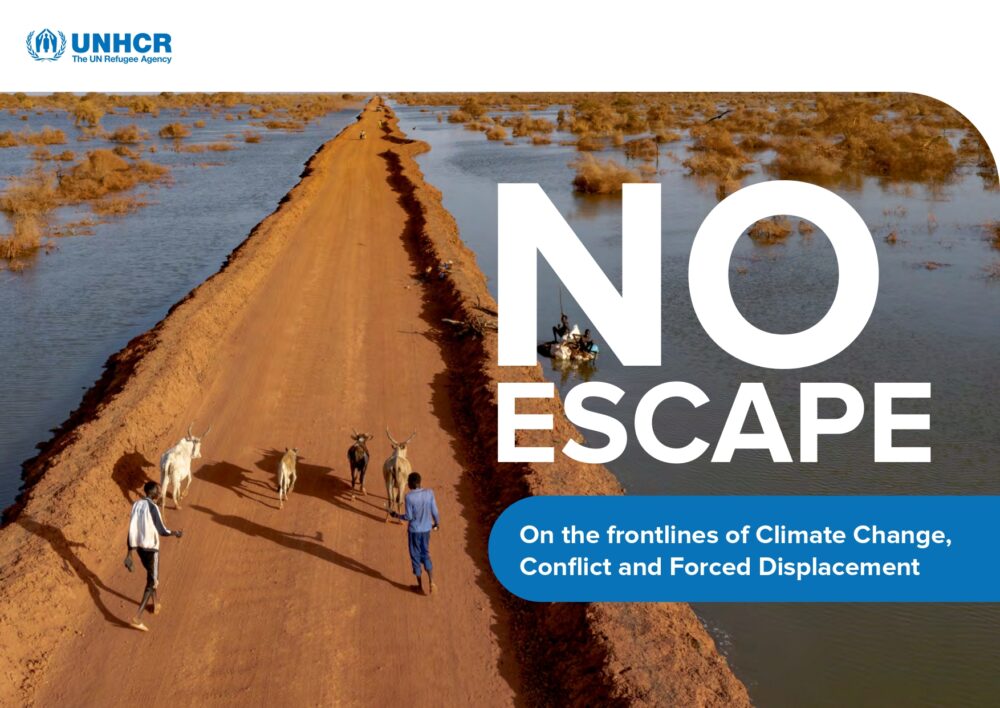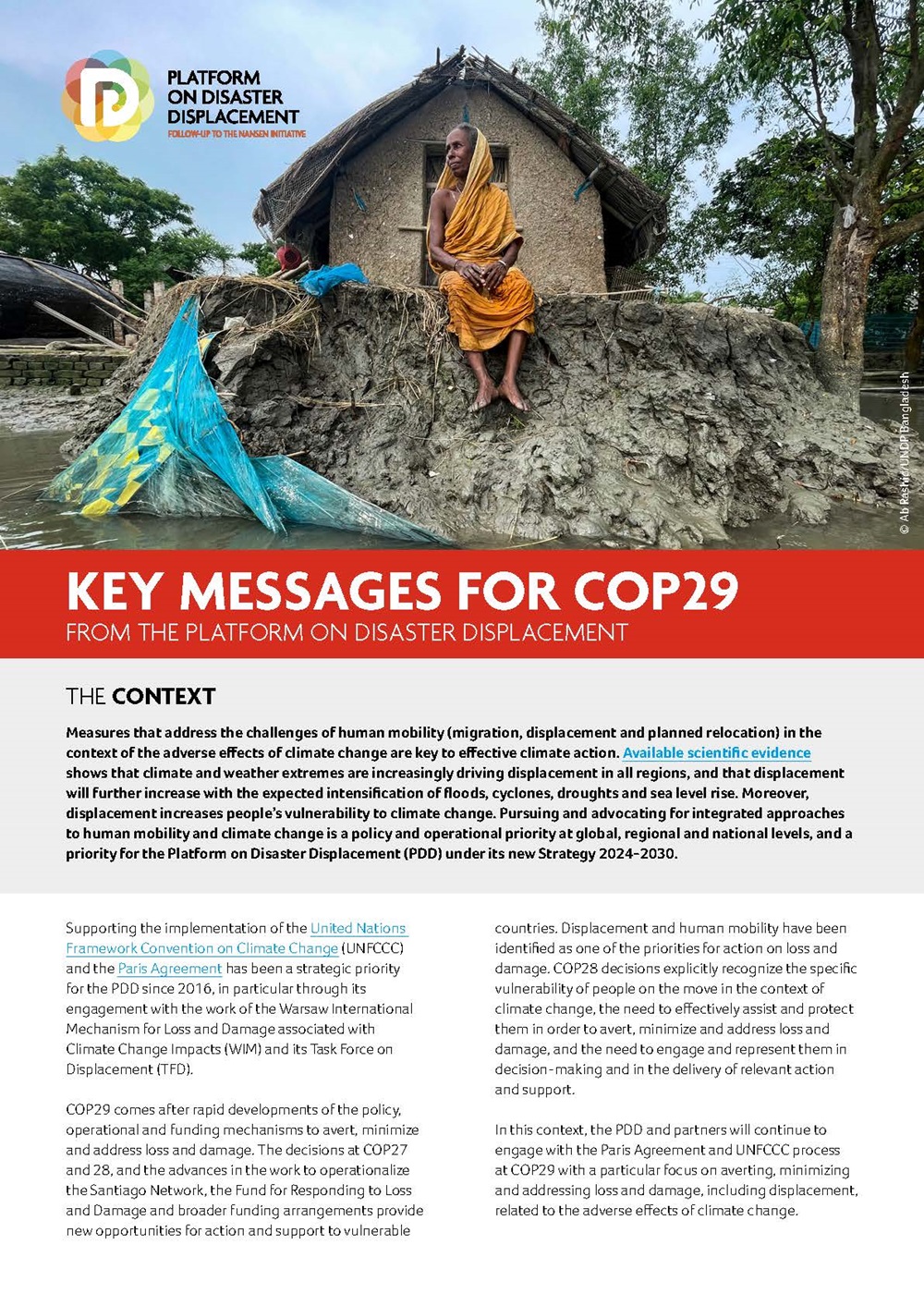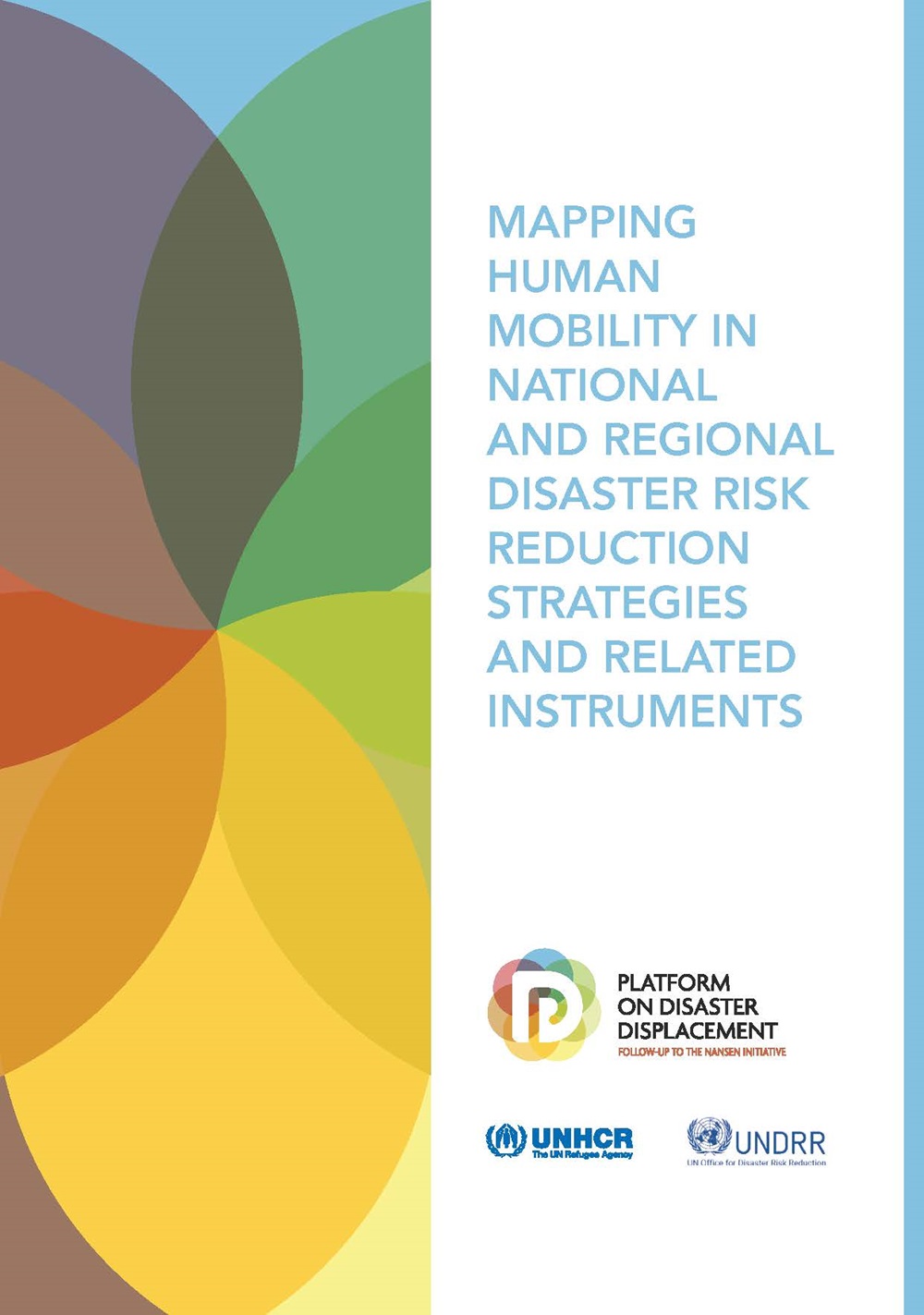Pacific – Background Paper
Nansen Initiative
This background paper has been drafted to inform the Nansen Initiative regional consultation “Human Mobility, Natural Disasters and Climate Change in the Pacific” held from 21-24 May 2013 on Rarotonga, Cook Islands. The Pacific Islands include 23 countries and territories comprised of thousands of islands spread across a vast geographic territory. An estimated 10 million people inhabit some 300 islands. Of these, 6.9 million people live in Papua New Guinea. Despite their small populations, the islands are culturally rich and socially diverse, with land in particular often governed according to distinct customary systems. The need for cultural preservation in the face of climate change and human mobility is a recurring theme in the Pacific Islands. The notion of culture is complex. Cultures constantly evolve and encompass a wide variety of elements, including language, religion, food, architecture, livelihood practices, clothing, art, music, storytelling, etc. In the Pacific region, land is of particular cultural importance. According to one author, “land holds life together and holds meaning, land equals identity.” Most Pacific Island land is regulated by a variety of customary regimes. Similarly, the concept of land in the Pacific Islands is extremely heterogeneous, and defies any general description. Notions of family kinship, cultural identity, and clans are closely linked to ancestral land, and for some, land cannot be detached from those who ‘belong’ to it. At the same time, through their long history of migration, Pacific Islanders also have a “cultural identity as great travelers, inheritors of their ancestors’ remarkable achievements in navigating, sailing and settling throughout islands of the expansive Pacific Ocean.”




